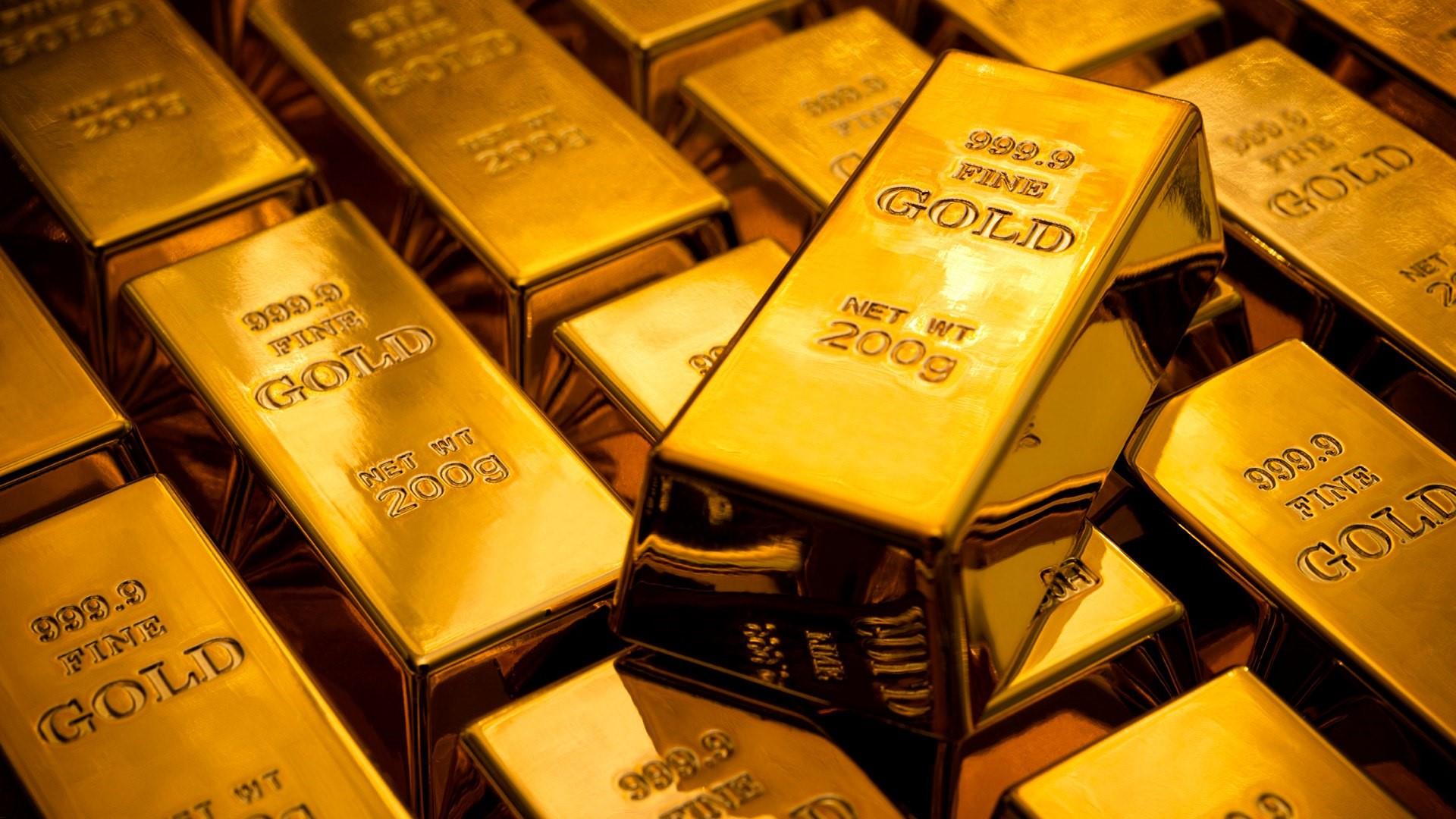Last year Central Banks bought most gold since 1971

In a sign that central banks across the globe could be seeing gold as the new dollar, their purchases of the metal amounted to a staggering 15 per cent of gold sold worldwide in 2018.
Central banks have bought the most gold in nearly 50 years as the precious metal profits from its safe haven status, the World Gold Council said Thursday, as economies grappled with trade tensions and Brexit uncertainty.
The banks added 651.5 tons to official gold reserves in 2018, up 74 percent from a year earlier and the second highest annual total on record, the WGC said in its Gold Demand Trends report.
Total gold demand reached 4,345.1 tons, up 4 percent on 2017, also on worries about a global economic growth slowdown.
“The annual increase was driven by a multi-decade high in central bank buying and accelerated investment in bars and coins during the second half of the year,” the WGC said, when US-China trade war tensions and Brexit uncertainty caused volatility across financial markets.
This is the highest level of annual net purchases since the suspension of dollar convertibility into gold in 1971.
WGC says, “Despite the passing of a decade since the global financial crisis, times seem no less uncertain. Central banks have reacted to rising macroeconomic and geopolitical pressures by bolstering their gold reserves.” The Council says the trend of central banks buying more gold for adding to reserves, to de-dollarise (reduce dependency on dollar) or diversify reserves will continue.
In the survey, 76 per cent central banks view gold’s role as a safe haven asset as highly relevant, while 59 per cent cited its effectiveness as a portfolio diversifier. And almost a fifth of central banks signalled their intention to increase gold purchases over the next 12 months.
Russia is among largest buyer, adding 1,726 tonnes during the past 13 years as part of a move to de-dollarise reserves. It bought 274 tonnes in 2018. The Central Bank of Turkey increased gold reserves by 51.5 tonnes in 2018, while Kazakhstan added 50 tonnes. RBI is not far behind, having added around 40 tonnes, taking its gold holding at 598 tonnes. Interestingly European central banks have been selling gold and have decided to reduce it, in a sign that seems to indicate a change of track in the continent. WGC maintains that European central banks also bought gold last year, led by Hungary. That country’s central bank cited gold’s role as a hedge against future structural changes in the international financial system, as well as its lack of counterparty or credit risk, as reasons for the purchase.
The Bretton Woods system which was prevailing till 1971, collapsed when US President Richard Nixon severed the link between the dollar and gold — a decision made to prevent a run on Fort Knox or the US Bullion Depository, which contained only a third of the gold bullion necessary to cover the amount of dollars in foreign hands.
Soon after, globally central banks added gold to their reserves as a diversification. The US Federal Reserve, though, still has the highest quantity of gold (8,133 tonnes making up 79 per cent of it forex reserves) among peers. Earlier, the US was maintaining gold to cover the amount of dollars in foreign hands.

